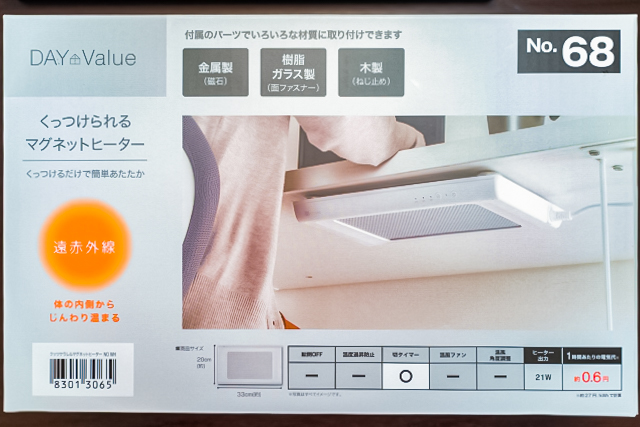
Stay warm all winter with this heated furniture hack.
One of the best things about nights at home during winter in Japan is being able to stay warm under a kotatsu, a low table with a heater attached to the underside. However, these days a lot of day-to-day activities in Japanese homes revolve around much higher tables, including western-style dining tables and study desks, and while these are great for ergonomics, one problem becomes apparent when winter rolls around: it’s much colder to sit at them.
This lack of heating at modern tables has led Japanese furniture and home accessories retail chain Nitori to come up with a creative solution called the “Adhesive Magnet Heater”. The concept behind the new product is simple — it can be stuck to the underside of tabletops to replicate the toasty feeling of a kotatsu
▼ According to the box it comes in, the heater provides “simple heat just by sticking it on”.
Our Japanese-language reporter Egawa Tasuku had heard good things about the heater, which has been causing a buzz online, so he purchased one of the heaters via the company’s website to test it out. When it arrived, Egawa found it was a compact and slimline heating device, measuring 20 centimetres (7.8 inches) by 33 centimetres.
▼ With an output of 21 watts, one hour of usage — at 27 yen per 1 kilowatt hour — is said to cost approximately 0.6 yen (US$0.006).
As the product name and advertising image suggests, the heater is designed to be stuck onto the underside of a table, and it can be used on metal, glass, or wood surfaces. The box contains: the heater itself; a set of instructions; strong double-sided 3M tape, for use with glass surfaces; a metal backplate with magnets for use on metal surfaces; and screws and attachments, for wooden surfaces.
Egawa’s desk was made of wood but he didn’t want to screw through it, so he took a risk and went for the double-sided tape option instead.
▼ He was happy to find it adhered easily to the underside of the desk, and didn’t feel like it was going to fall of at all.
When he sat on his desk chair, the distance from the heating element to his knees was roughly 18 centimetres.
To operate the heater, all you have to do is press the power button on the right and then use the button on the left to select whether you want it to run for one, two or three hours. The fact that it limits the time it can be used is a great safety — and power-saving — feature, and because it heats with far-infrared rays, there are no fans and no sound, so it’s really quiet to use.
After turning the power on, the device gradually heated up, and Egawa tapped the heater with his hand (don’t try this at home!) to see just how hot it was. It felt hot, but it didn’t burn his hand, which is actually a good thing as you wouldn’t want to burn your thighs if they accidentally brushed by the heater.
However, Egawa kind of wanted it to generate a little more heat, because his toes and ankles weren’t able to really warm up with the 21-watt heater. This could’ve been partly due to the fact that the room Egawa was sitting in wasn’t exactly warm — it was about 15 degrees Celsius (59 degrees Fahrenheit) — and the table he was sitting at didn’t have a heavy blanket around it like a traditional kotatsu, which is the real key to keeping the warmth in.
And maybe that’s the reason why this this Nitori heater costs just 4,990 yen (US$47.70), while this high-legged kotatsu (with blanket) costs 25,800 yen (US246.60).
Given the huge price difference, the Nitori heater is a great alternative to buying an expensive kotatsu, and Egawa now has plans to cover his desk with a blanket and add a separate tabletop on top, just like a traditional kotatsu…so he can trap the heat in and stay nice and warm indoors when he’s not outdoors investigating weirdly shaped supermarkets.
Related: Nitori
Photos © SoraNews24
● Want to hear about SoraNews24’s latest articles as soon as they’re published? Follow us on Facebook and Twitter!
[ Read in Japanese ]

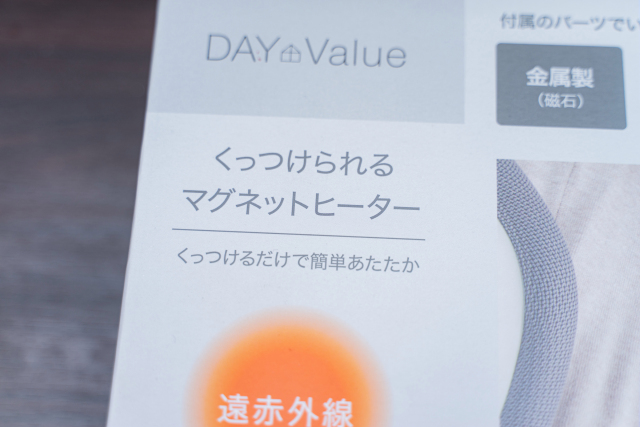
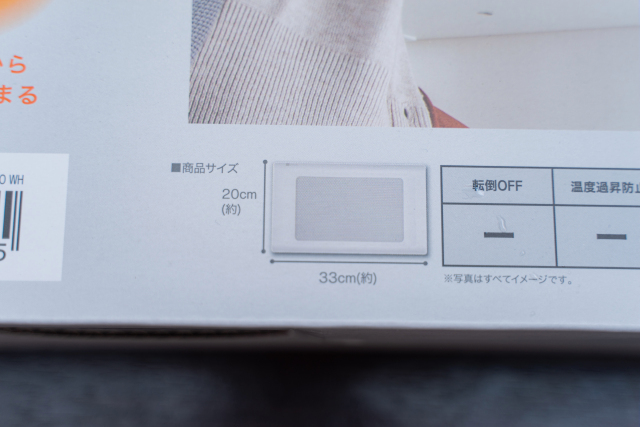
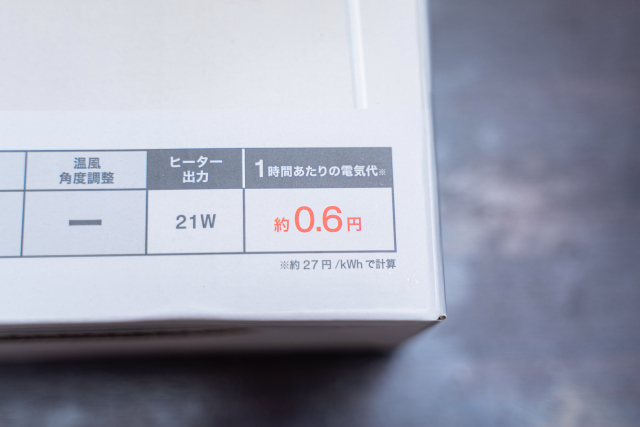
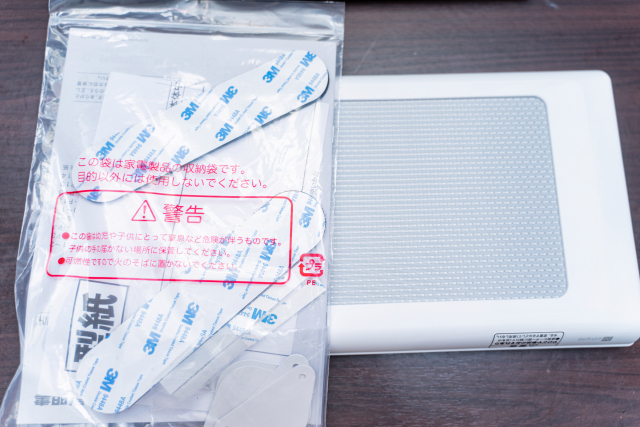
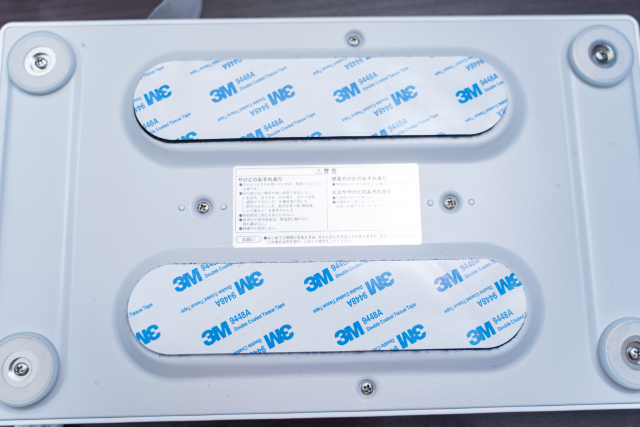
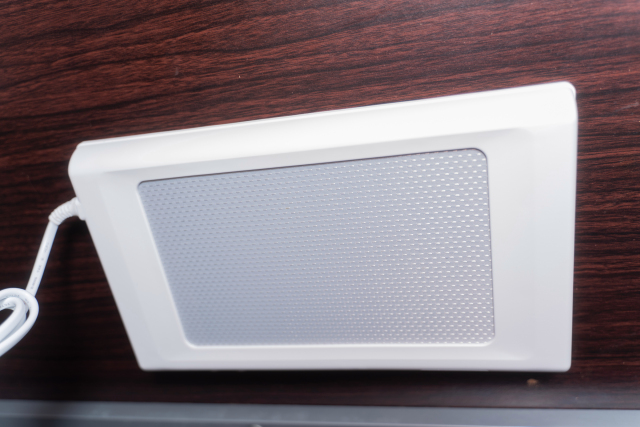
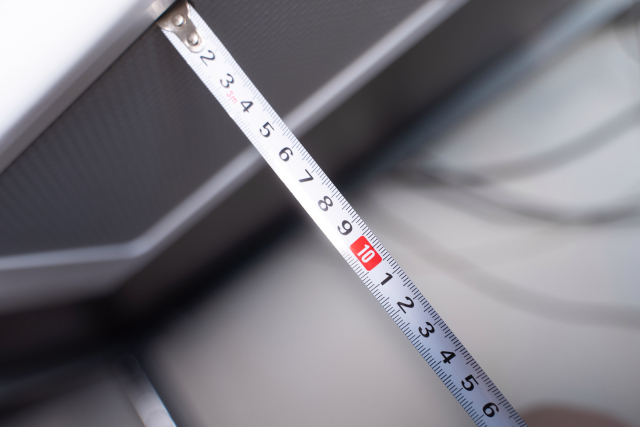
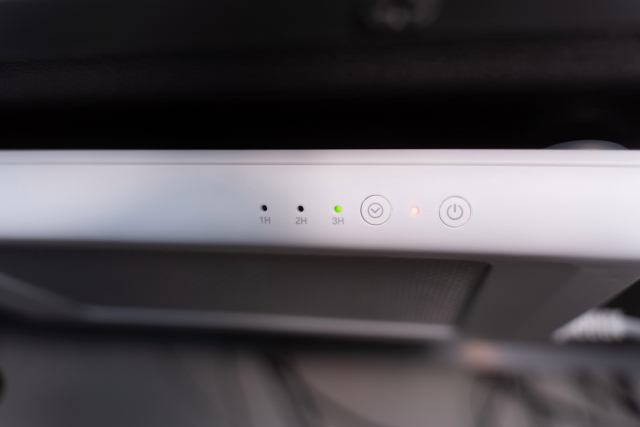
 The world’s best invention is now even better in the form of a specially built gaming kotatsu
The world’s best invention is now even better in the form of a specially built gaming kotatsu Cat kotatsu let your feline friends relax through winter the Japanese way【Photos】
Cat kotatsu let your feline friends relax through winter the Japanese way【Photos】 Kotatsu with storage space solves the biggest problem with Japan’s awesome heated tables
Kotatsu with storage space solves the biggest problem with Japan’s awesome heated tables Japanese delivery company tests ideal kotatsu temperature for cats, with live cats
Japanese delivery company tests ideal kotatsu temperature for cats, with live cats Wearable “kotatsu parka” is here to keep your whole body warm this winter
Wearable “kotatsu parka” is here to keep your whole body warm this winter Seaside scenery, history, and so many desserts on Yokohama’s Akai Kutsu【Japan Loop Buses】
Seaside scenery, history, and so many desserts on Yokohama’s Akai Kutsu【Japan Loop Buses】 Foreigner’s request for help in Tokyo makes us sad for the state of society
Foreigner’s request for help in Tokyo makes us sad for the state of society Red light district sushi restaurant in Tokyo shows us just how wrong we were about it
Red light district sushi restaurant in Tokyo shows us just how wrong we were about it Japanese city loses residents’ personal data, which was on paper being transported on a windy day
Japanese city loses residents’ personal data, which was on paper being transported on a windy day Harajuku Station’s beautiful old wooden building is set to return, with a new complex around it
Harajuku Station’s beautiful old wooden building is set to return, with a new complex around it Starbucks Japan adds a Motto Frappuccino to the menu for a limited time
Starbucks Japan adds a Motto Frappuccino to the menu for a limited time Japan’s new wearable air conditioner belt is here just in time for the Tokyo heat wave
Japan’s new wearable air conditioner belt is here just in time for the Tokyo heat wave Akihabara pop-up shop sells goods made by Japanese prison inmates
Akihabara pop-up shop sells goods made by Japanese prison inmates Japan’s massive matcha parfait weighs 6 kilos, contains hidden surprises for anyone who eats it
Japan’s massive matcha parfait weighs 6 kilos, contains hidden surprises for anyone who eats it North Japan prefecture creates guide to help new foreign workers understand local language quirks
North Japan prefecture creates guide to help new foreign workers understand local language quirks McDonald’s new Happy Meals offer up cute and practical Sanrio lifestyle goods
McDonald’s new Happy Meals offer up cute and practical Sanrio lifestyle goods Japanese ramen restaurants under pressure from new yen banknotes
Japanese ramen restaurants under pressure from new yen banknotes French Fries Bread in Tokyo’s Shibuya becomes a hit on social media
French Fries Bread in Tokyo’s Shibuya becomes a hit on social media Studio Ghibli releases new action figures featuring Nausicaä of the Valley of the Wind characters
Studio Ghibli releases new action figures featuring Nausicaä of the Valley of the Wind characters New private rooms on Tokaido Shinkansen change the way we travel from Tokyo to Kyoto
New private rooms on Tokaido Shinkansen change the way we travel from Tokyo to Kyoto Tokyo Tsukiji fish market site to be redeveloped with 50,000-seat stadium, hotel, shopping center
Tokyo Tsukiji fish market site to be redeveloped with 50,000-seat stadium, hotel, shopping center All-you-can-drink Starbucks and amazing views part of Tokyo’s new 170 meter-high sky lounge
All-you-can-drink Starbucks and amazing views part of Tokyo’s new 170 meter-high sky lounge Beautiful Ghibli sealing wax kits let you create accessories and elegant letter decorations【Pics】
Beautiful Ghibli sealing wax kits let you create accessories and elegant letter decorations【Pics】 Studio Ghibli releases Kiki’s Delivery Service chocolate cake pouches in Japan
Studio Ghibli releases Kiki’s Delivery Service chocolate cake pouches in Japan New definition of “Japanese whiskey” goes into effect to prevent fakes from fooling overseas buyers
New definition of “Japanese whiskey” goes into effect to prevent fakes from fooling overseas buyers Our Japanese reporter visits Costco in the U.S., finds super American and very Japanese things
Our Japanese reporter visits Costco in the U.S., finds super American and very Japanese things Studio Ghibli unveils Mother’s Day gift set that captures the love in My Neighbour Totoro
Studio Ghibli unveils Mother’s Day gift set that captures the love in My Neighbour Totoro More foreign tourists than ever before in history visited Japan last month
More foreign tourists than ever before in history visited Japan last month New Pokémon cakes let you eat your way through Pikachu and all the Eevee evolutions
New Pokémon cakes let you eat your way through Pikachu and all the Eevee evolutions Sales of Japan’s most convenient train ticket/shopping payment cards suspended indefinitely
Sales of Japan’s most convenient train ticket/shopping payment cards suspended indefinitely Sold-out Studio Ghibli desktop humidifiers are back so Totoro can help you through the dry season
Sold-out Studio Ghibli desktop humidifiers are back so Totoro can help you through the dry season Japanese government to make first change to romanization spelling rules since the 1950s
Japanese government to make first change to romanization spelling rules since the 1950s Ghibli founders Toshio Suzuki and Hayao Miyazaki contribute to Japanese whisky Totoro label design
Ghibli founders Toshio Suzuki and Hayao Miyazaki contribute to Japanese whisky Totoro label design Doraemon found buried at sea as scene from 1993 anime becomes real life【Photos】
Doraemon found buried at sea as scene from 1993 anime becomes real life【Photos】 Tokyo’s most famous Starbucks is closed
Tokyo’s most famous Starbucks is closed One Piece characters’ nationalities revealed, but fans have mixed opinions
One Piece characters’ nationalities revealed, but fans have mixed opinions We asked a Uniqlo employee what four things we should buy and their suggestions didn’t disappoint
We asked a Uniqlo employee what four things we should buy and their suggestions didn’t disappoint Princesses, fruits, and blacksmiths: Study reveals the 30 most unusual family names in Japan
Princesses, fruits, and blacksmiths: Study reveals the 30 most unusual family names in Japan How to make open-air dining in winter awesome: Take the kotatsu outside!
How to make open-air dining in winter awesome: Take the kotatsu outside! Pet owners, beware! Cat gets “toasted” by a space heater
Pet owners, beware! Cat gets “toasted” by a space heater Funny Japanese cats give owner icy stare for his lack of autumn hospitality
Funny Japanese cats give owner icy stare for his lack of autumn hospitality Kotatsu heated tables for sofas rising in popularity, giving Japan best of both worlds this winter
Kotatsu heated tables for sofas rising in popularity, giving Japan best of both worlds this winter Will you really catch a cold if you sleep under a Japanese kotatsu table?
Will you really catch a cold if you sleep under a Japanese kotatsu table? Low-Amazon-rated heater claims to melt car frost with energy blasts, does only half a thing right
Low-Amazon-rated heater claims to melt car frost with energy blasts, does only half a thing right Not just for humans – dogs love the warmth of a kotatsu, too!
Not just for humans – dogs love the warmth of a kotatsu, too! Tokyo kotatsu cafe wants to keep your legs warm and your coffee VERY cold
Tokyo kotatsu cafe wants to keep your legs warm and your coffee VERY cold You and your family can kiss productivity goodbye with this ginormous kotatsu futon
You and your family can kiss productivity goodbye with this ginormous kotatsu futon Heater-equipped hanten Japanese jackets mix modern technology and traditional winter fashion
Heater-equipped hanten Japanese jackets mix modern technology and traditional winter fashion Japanese schoolgirl roomwear takes sailor suit uniform to another level as wearable blanket
Japanese schoolgirl roomwear takes sailor suit uniform to another level as wearable blanket We take a giraffe nap in a standing sleep pod at a cafe in Tokyo
We take a giraffe nap in a standing sleep pod at a cafe in Tokyo This kotatsu for singletons makes us sad
This kotatsu for singletons makes us sad Can Japan’s one-person granite plate cooker take you to solo stone steak paradise? Let’s find out
Can Japan’s one-person granite plate cooker take you to solo stone steak paradise? Let’s find out Japanese netizen dons perfectly-sized box, becomes four-legged cardboard nightmare
Japanese netizen dons perfectly-sized box, becomes four-legged cardboard nightmare
Leave a Reply